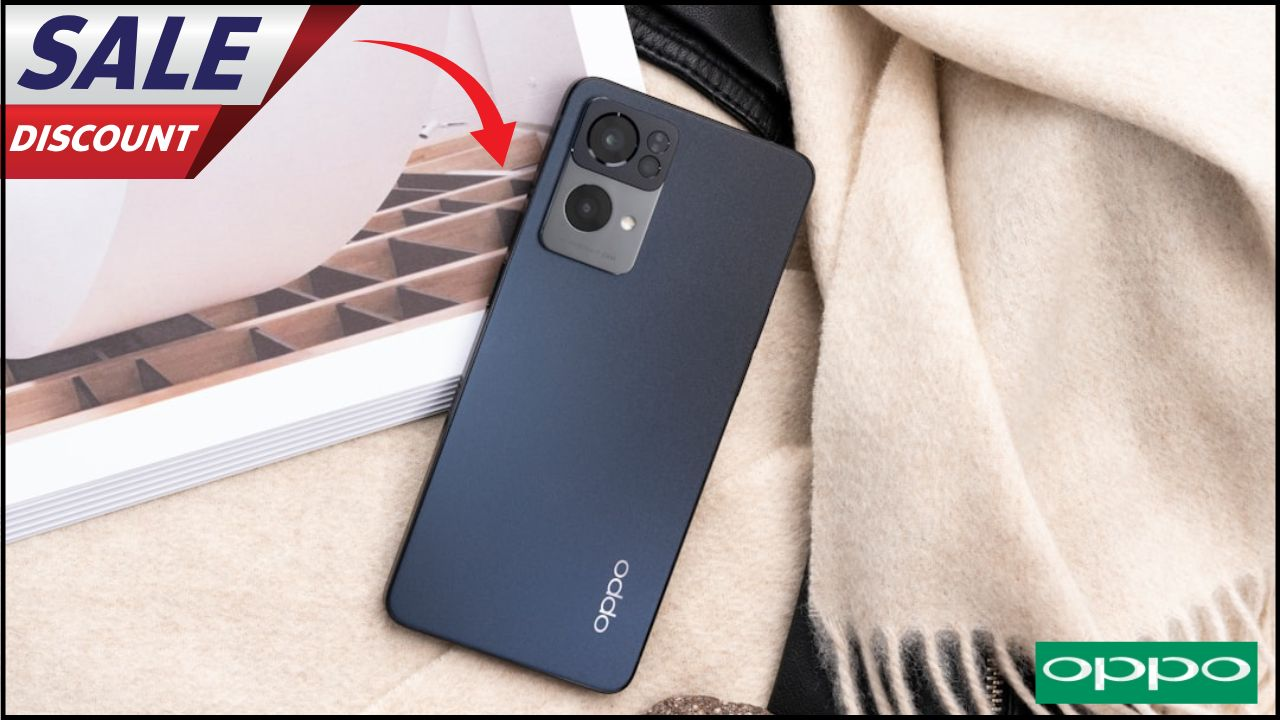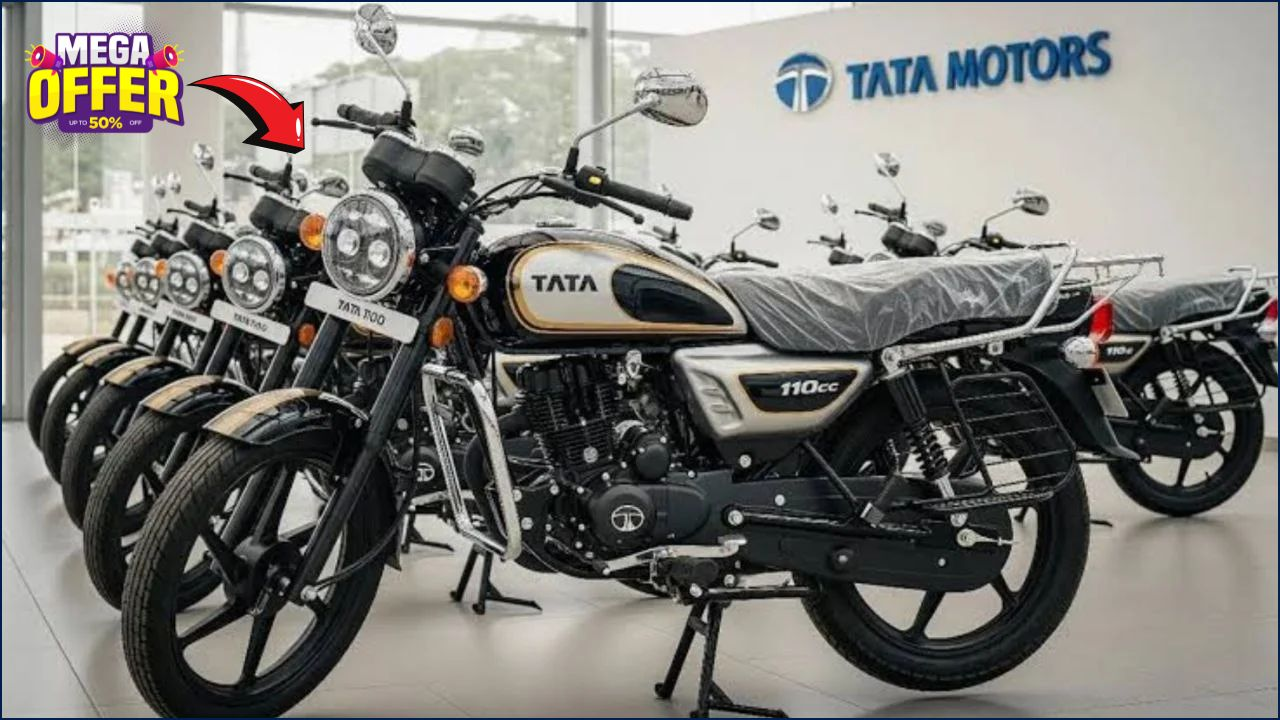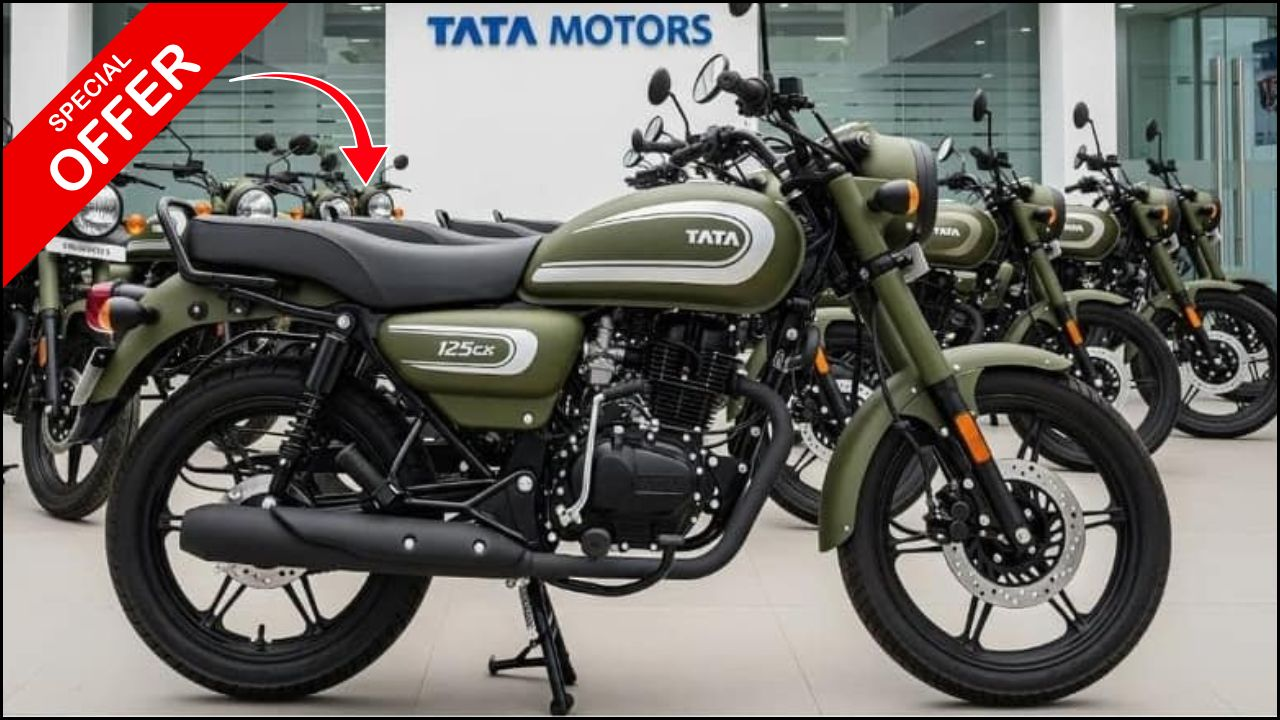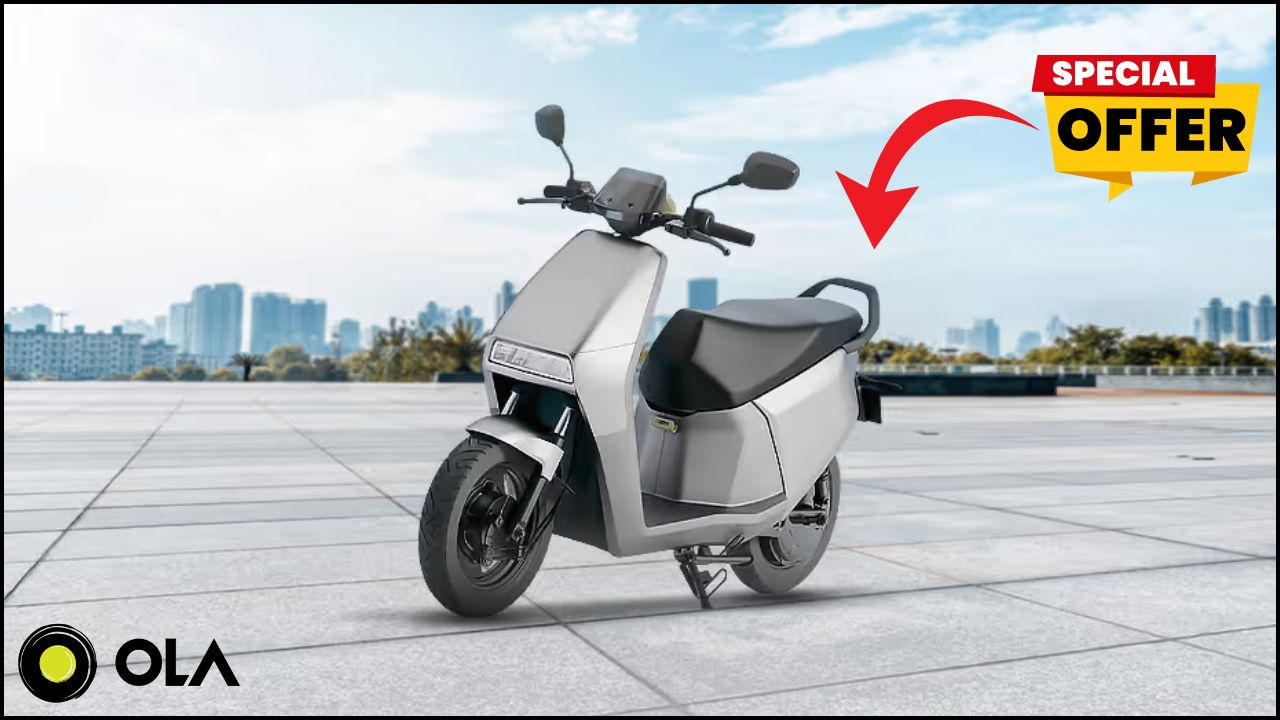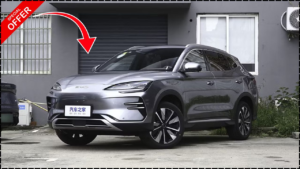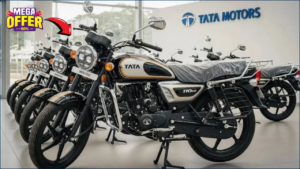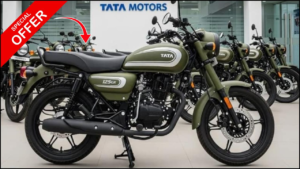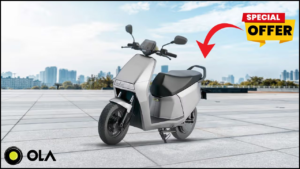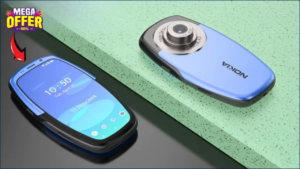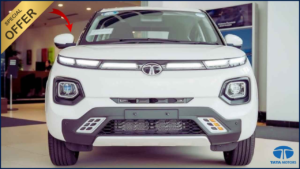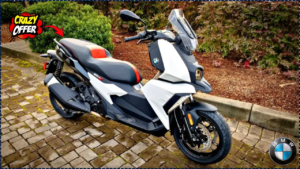Chinese electric vehicle manufacturer BYD (Build Your Dreams) has introduced the BYD Song Plus 2025, a new-generation premium electric SUV equipped with the company’s in-house Blade Battery technology and a claimed driving range of up to 605 kilometres on a single charge. The model, already a strong performer in China, reflects BYD’s expanding global ambitions and signals a potential entry into the Indian market.
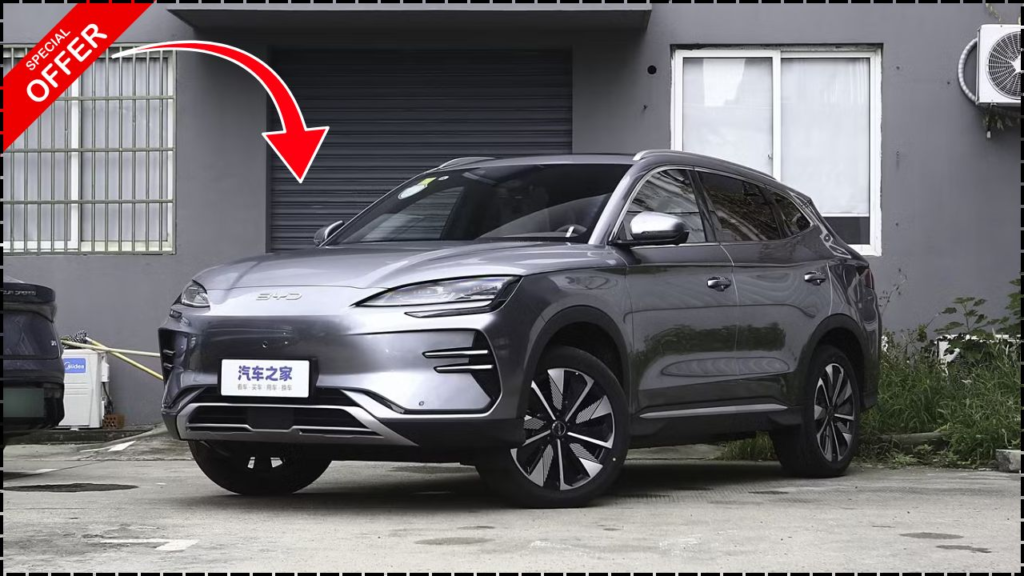
The Song Plus 2025 is built on BYD’s next-generation e-Platform 3.0, which integrates high-efficiency electric drive systems, improved chassis stability, and a thermally efficient battery structure. The platform also underpins several of BYD’s newer models and aims to make the brand more competitive against global EV leaders such as Tesla and Hyundai.
Powertrain, Performance and Range
The BYD Song Plus 2025 features an 87.04 kWh lithium iron phosphate (LFP) battery powering a 160 kW electric motor that produces approximately 330 Nm of torque. The SUV accelerates from 0 to 100 km/h in about 7.5 seconds and has a top speed of 160 km/h.
BYD claims a 605 km driving range under the China Light-Duty Vehicle Test Cycle (CLTC). However, industry analysts note that real-world performance, particularly in hot or hilly regions like northern India, may yield a range closer to 450–500 km, depending on factors such as temperature, terrain, and driving habits.
Fast-charging capabilities allow the Song Plus to charge from 30% to 80% in roughly 30 minutes using a compatible DC fast charger. For home use, BYD recommends a standard 11 kW AC wall charger for overnight replenishment.
Blade Battery: Redefining Safety and Longevity
At the core of the Song Plus 2025 lies BYD’s Blade Battery, a lithium iron phosphate (LFP) unit known for its superior safety profile. Unlike conventional battery packs, Blade cells are elongated and arranged directly into the battery pack without traditional modules. This design enhances space efficiency and thermal management.
According to BYD engineers, the Blade Battery is capable of withstanding nail penetration, high heat, and overcharging tests without risk of fire or explosion — a significant improvement over conventional lithium-ion batteries. The company claims the cells maintain over 90% of their capacity after 3,000 charging cycles, offering a potential lifespan of more than ten years under normal driving conditions.
Experts believe this technology gives BYD a crucial advantage in battery safety — a decisive factor for markets like India, where climate and infrastructure conditions can vary widely.

BYD Song Plus 2025 Design and Features
The BYD Song Plus 2025 sports a refreshed exterior with a “Dragon Face” design language that combines aerodynamic styling and modern LED lighting. The front grille has been replaced with a smooth, closed fascia — characteristic of electric vehicles — while the rear features a continuous light bar and subtle chrome accents.
Inside, the cabin prioritises technology and comfort. The centrepiece is a 15.6-inch rotating touchscreen with BYD’s DiLink operating system, supporting voice control, navigation, wireless Apple CarPlay, and Android Auto. The vehicle also includes a fully digital instrument cluster, panoramic sunroof, ventilated seats, and an air-purification system.
In terms of safety, the Song Plus offers Level 2 Advanced Driver Assistance Systems (ADAS) including adaptive cruise control, lane-keeping assist, collision avoidance, and a 360-degree camera view. The model has received top safety ratings in internal Chinese crash tests and is expected to comply with international standards for export markets.
BYD Song Plus 2025 Interior Space and Practicality
The SUV measures 4,785 mm in length, 1,890 mm in width, and has a 2,765 mm wheelbase, offering generous interior space for five passengers. Boot capacity is 574 litres, expanding to 1,477 litres when the rear seats are folded.
Its flat floor layout and wide door openings make it practical for both urban families and long-distance drivers. Vehicle-to-Load (V2L) capability allows the car’s battery to power small appliances, ideal for camping or emergencies — a feature becoming increasingly popular in new-generation EVs.
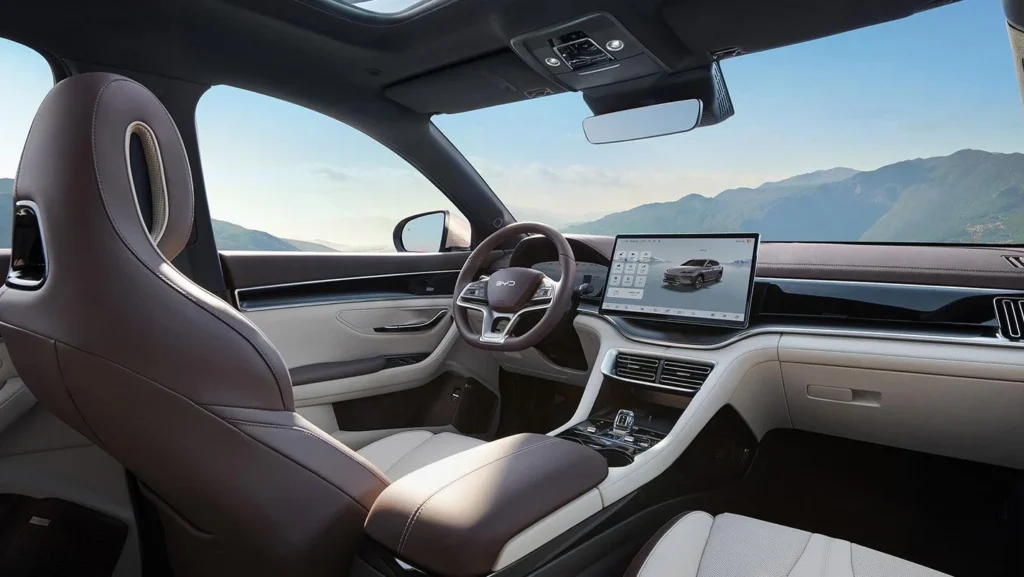
Market Outlook: BYD’s Expansion and India Strategy
The Song Plus 2025 will first go on sale in China, where BYD dominates the EV segment. The company sold over 45,000 units of the Song Plus series in September 2025, making it one of China’s best-selling electric SUVs.
BYD is gradually expanding into international markets, including Southeast Asia, Europe, and Latin America. In India, BYD already sells the Atto 3 SUV and the e6 MPV, both of which have received positive reviews for build quality and range reliability.
Industry sources suggest that the Song Plus 2025 could enter the Indian market in 2026, with estimated pricing between ₹30–40 lakh (ex-showroom), depending on localisation and import duties. If locally assembled, the model could become one of the most competitively priced long-range EV SUVs in its class.
Sanjay Gopalakrishnan, Senior Vice President of BYD India, has stated that the company “remains committed to bringing advanced, safe, and affordable electric vehicles to the Indian market as part of a long-term localisation plan.”
Competitive Landscape
The BYD Song Plus 2025 is positioned to compete directly with models such as the Hyundai Ioniq 5, Kia EV6, and Tesla Model Y. Compared to these rivals, the BYD offers similar range and features at a potentially lower price point.
Its main advantages include lower battery degradation, robust safety testing, and an established record of mass EV production. However, BYD will still face challenges in building consumer trust, strengthening service networks, and meeting India’s charging infrastructure demands.
Challenges Ahead
Charging Infrastructure
India’s EV charging network is growing but remains unevenly distributed. While metro cities like Delhi and Bengaluru have seen rapid deployment of chargers, smaller towns and hilly regions lag behind. For a large-battery SUV such as the Song Plus, access to reliable DC fast chargers will be essential to maintain its appeal.
After-Sales Support
As a relatively new entrant, BYD must ensure availability of spare parts and trained technicians. Customers in emerging EV markets are particularly concerned about repair timelines and battery replacement costs. Ensuring consistent service standards will be key to sustaining consumer confidence.
Regulatory Hurdles
High import tariffs and homologation requirements could delay the Indian launch. However, BYD’s growing investment in local assembly may help mitigate these barriers in the long term.
Expert Views
Dr. Anita Menon, an automotive analyst based in Mumbai, notes:
“The BYD Song Plus 2025 represents the maturing of China’s EV engineering. The Blade Battery is not just a marketing term — it’s a genuine technological edge that improves both safety and cost efficiency. If BYD manages local production, it could become a disruptor in the ₹30–40 lakh segment.”
Dr. Rajesh Batra, from the Centre for Automotive Policy Studies, adds:
“What BYD is attempting mirrors the smartphone revolution — Chinese firms offering world-class hardware at competitive pricing. The challenge is not technology, but brand perception and after-sales reliability.”
Broader Implications for India’s EV Ecosystem
The potential launch of the BYD Song Plus 2025 could push other automakers to accelerate local EV development. It may also stimulate demand for high-performance battery components, public charging infrastructure, and local R&D in advanced materials.
India’s EV market, currently led by Tata Motors in the sub-₹20 lakh category, lacks strong offerings in the ₹30–50 lakh premium SUV range. The entry of a long-range vehicle like the Song Plus could fill that gap, offering consumers more variety and potentially driving prices down through competition.
Conclusion
The BYD Song Plus 2025 combines long range, innovative battery safety, and refined design in a package aimed squarely at global premium EV buyers. While its availability in India remains unconfirmed, the model underscores how rapidly electric mobility is evolving — both technologically and commercially.
If introduced at a competitive price with reliable after-sales support, the Song Plus could become one of India’s most desirable electric SUVs, reinforcing BYD’s growing role as a global leader in clean mobility.



